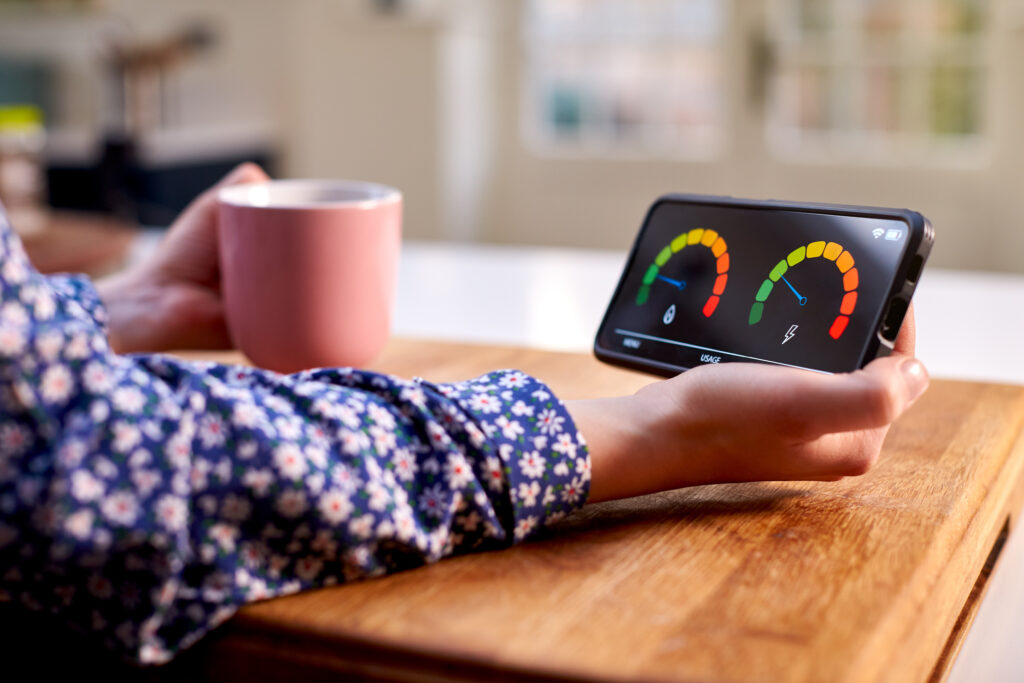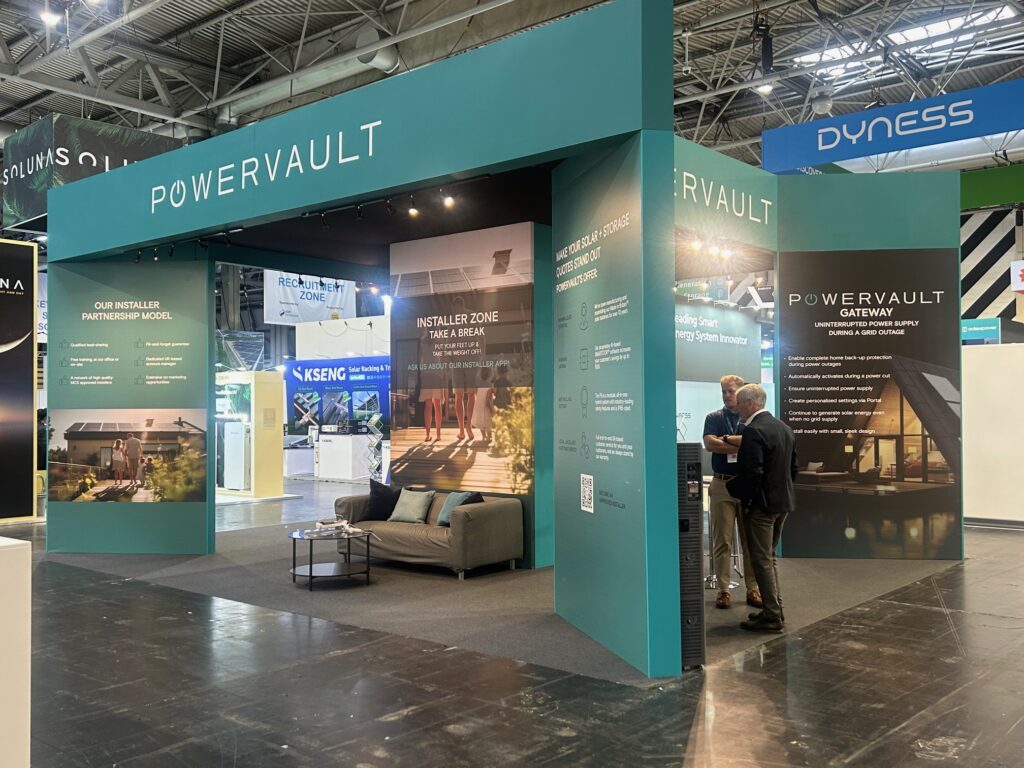
InsightTime-of-Use Tariffs: A Guide to Saving on Energy Bills in the UK
What are Time-of-Use Tariffs?
Time-of-use tariffs charge different prices for electricity depending on the time of day. Typically, electricity is more expensive during “peak” hours – when demand is highest – and cheaper during “off-peak” hours – when fewer people are using power. This encourages users to shift their energy use to off-peak times, reducing pressure on the grid and lowering their electricity bills. Broadly speaking the peak time in the UK is 4-8pm on weekday evenings, and in winter months this creates particular strain on the grid when there is no solar power and often little wind.

The key to maximizing savings on a ToU tariff is to adjust your habits and use more electricity during off-peak hours. For example, running your dishwasher or washing machine, or charging your electric vehicle during the night when rates are lower can make a significant difference. However, if you have home battery storage you don’t need to change your habits as you can store the off-peak electricity to use during peak times. These home energy management systems may or may not also be hooked up to solar panels, enabling even greater energy efficiency and green energy usage.
Why Consider a Time-of-Use Tariff?
For households with technology – such as those with solar or home batteries, electric vehicles (EVs), or smart appliances – time-of-use tariffs offer a great way to save on energy costs. Additionally, by using more energy during times when renewable energy sources, such as wind or solar, are more abundant, you contribute to a greener energy grid.
How to Choose the Right Time-of-Use Tariff
Choosing the right time-of-use tariff depends on your household’s energy consumption patterns, whether or not you have a storage battery, lifestyle, and the ability to shift usage to off-peak times. Here are some factors to consider:
- Your Energy Usage Habits: if you can easily move energy-intensive tasks like washing, cooking, or charging your EV to off-peak hours, a tariff with a significant price difference between peak and off-peak times will benefit you. However, if your schedule is less flexible, or you spend a lot of time at home during the day, you might want to consider tariffs with less extreme price variations.
- Availability of Smart Meters: to benefit from time-of-use tariffs, you’ll need a smart meter that can track your energy consumption in real time. Most providers offer free smart meter installation, so check with your energy supplier. You will need mobile coverage in your area to be eligible.
- EV Ownership: many time-of-use tariffs are tailored for EV owners who want to charge their vehicles overnight. Many offer deep discounts during nighttime hours.
- Solar Battery Integration: if you have a solar battery system, you can charge your battery during off-peak hours and use the stored energy during peak times, maximising savings. Combining a time-of-use tariff with a solar battery system allows you to take even more control of your energy costs.
- Green Energy: if sustainability is important, look for providers like Tomato Energy, Ecotricity, Good Energy or Octopus, which are 100% renewable energy providers.

Key Time-of-Use Tariffs Available in the UK
- Octopus Energy – Octopus Go/ Intelligent Go: Offers good rates on peak and off-peak electricity. The Octopus Intelligent Go tariff offers a rate of 7p from 11.30pm – 5.30am for EV owners using an approved charger.
- Octopus Energy – Agile Octopus: Ideal for tech-savvy users with smart meters who want real-time savings and are comfortable adjusting their usage throughout the day. The pricing is adjusted every 30 minutes, and the off-peak rate can even be negative (i.e. you get paid to use electricity!) during periods of low demand. However, prices can spike (up to 100p/kWh) during peak demand. Agile Octopus gives users live pricing updates, allowing them to optimise energy use in real-time, with the potential for significant savings.
- EDF Energy – GoElectric 35: This tariff is designed with EV drivers in mind, offering the lowest off-peak rate (4.5p/kWh), with a 5 hour time window (12.30 am – 5.30 am).
- British Gas – PeakSave: Offers one of the longest off-peak windows (9pm – 4pm, at a rate from 9p/kWh), ideal for those who are at home during the day, allowing for more flexibility in managing your energy usage.
- OVO Energy – OVO Charge Anytime: Aimed at EV owners who want a simple tariff with consistent pricing throughout the day and night. There are no time restrictions – a flat rate of 20p/kWh and a specific EV charging rate of 7p/kWh. Note that this tariff does not permit charging up a home battery with low cost power because the low rate is only paid on the EV usage.
- Tomato Energy – Green Saver Tariff: Tomato Energy focuses on sustainability with this tariff offering 100% green energy. Offers 3 separate off-peak periods with varying rates. Also limited availability as Tomato is a smaller provider.
- E.ON Next – Next Drive: E.ON’s EV tariff offers a rate of 6.7p/kWh to charge your car, between 12-7 am.
- Ecotricity Fixed EV Electricity: Renewable energy supplier Ecotricity is offering a 12-month fixed tariff, with competitive off-peak rates but a short (5 hour) window (12 – 5 am). You don’t have to have an EV to access this tariff.
- Good Energy EV Charge: Offers one of the most competitive rates (comparable to Octopus) and 100% renewable energy. You don’t have to have an EV to access this tariff. Good Energy is a certified B Corp.
Economy 7 Tariffs
Economy 7 is a type of time-of-use tariff widely available across the UK. It offers cheaper electricity for 7 hours at night and higher prices during the day. While not as flexible as modern smart tariffs, it remains popular for households with electric storage heaters or who can shift usage to nighttime.
– Day rate: Between 25p/kWh and 45p/kWh, depending on the provider.
– Night rate: Between 8p/kWh and 15p/kWh, depending on the provider.
– Ideal for: Homes with electric storage heating or those that can use appliances during off-peak night hours.
– Limitations: If the day rate and night rate are too close together, then these tariffs are not useful for home batteries. We recommend that the night time tariff should be at least 50% lower than the day time tariff. The bigger the gap between day and night time, the better.

Download the full report
Click below to access our detailed comparison table and to see our recommendations:
Read more...Recent insight
Energy insight in your inbox
Subscribe to Powervault’s email newsletter and be the first to hear about new products, plus get all the latest news, analysis and insight from Powervault.


